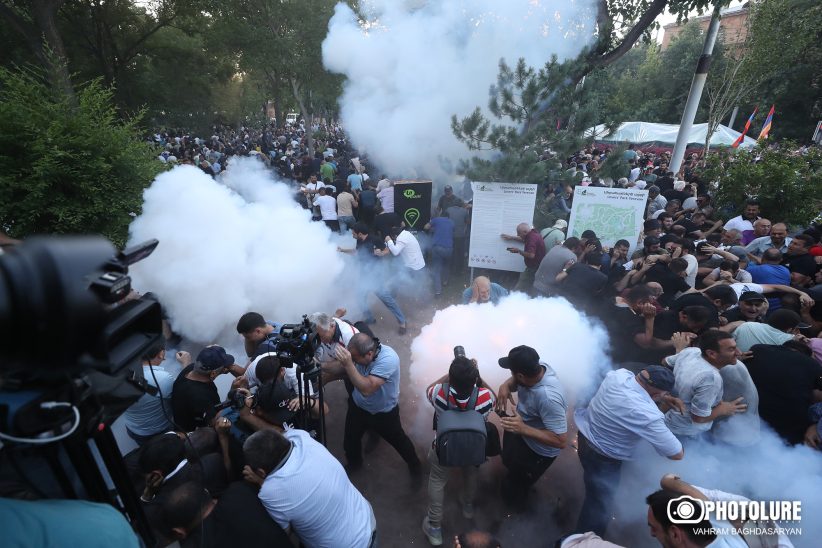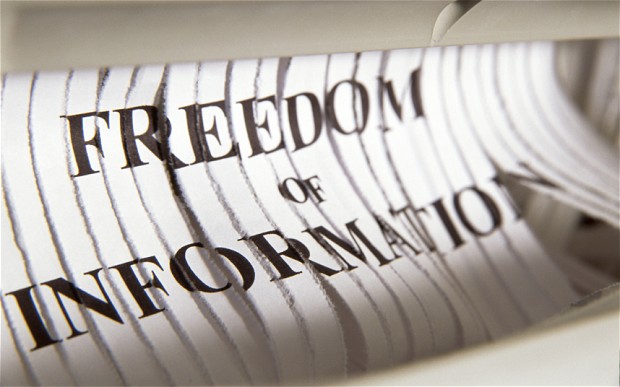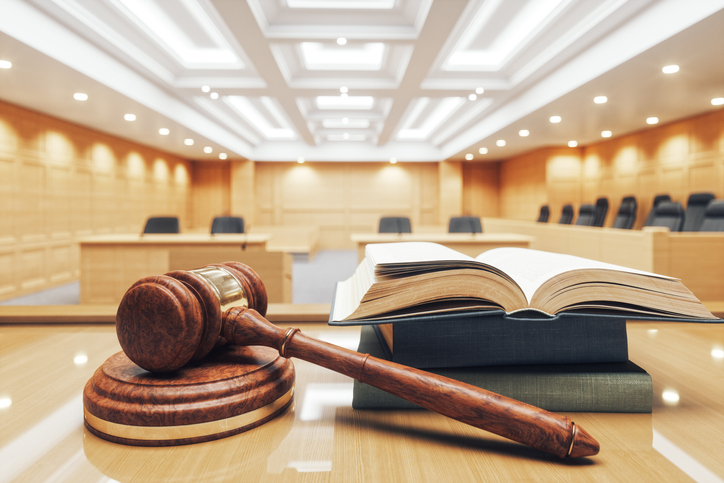The second quarter of 2016 was a period of stormy discussions of the legislation regulating the activity of media during elections. In general, these discussions did not bring positive results. After all an electoral code was adopted, which contains a number of provisions unjustifiably limiting the activity of media. In this respect the only positive fact can be considered that from the draft amendment and changes envisaged in the RA “Law on TV and radio” introduced in one package along with the RA electoral code, we managed to remove the additional punitive power envisaged for the National committee on TV and radio to suspend the license of a TV company in case of identifying two violations during the election.
In terms of regulating the activity of media, the statement made by the heads of 15 media outlets on June 2, was remarkable, which raised problems that need additional discussions and optimal solutions.
During the mentioned period, the CPFE continued to oversee the criminal case filed on the facts of hindering the professional activity and exercising physical violence against the journalists and cameramen during the police actions on Baghramyan Avenue on June 23, 2015. By CPFE assessment, it is ineffective and fictitious: one year after the incidents when 21 staff members from media outlets were identified as victims, there is no suspect or defendant. Whereas on December 6, on the referendum day for constitutional amendments, the picture of filed criminal cases on similar violations is different: they were sent to court. Different approaches by the investigating body to the “June 23” and “December 6” cases are due to the fact that in the case of the first the police officers should be charged, including high officials, and in the second case – civilians. In Armenia, according to the formed bad tradition, police officers who violate journalists’ rights are not punished.
In the second quarter of 2016, three cases of physical violence against the media employees have been registered (there was none in the first quarter). The quantity of cases of pressure against the media outlets and their representatives is 10, which is twice as less as in the first quarter. This difference is due to the reduction of lawsuits against the media outlets and journalists: during the first quarter of this year, 11 new cases were taken to proceeding, and in the second quarter – only one. In April-June of this year, five violations of the right to receive and disseminate information have been registered, which is less by five than in the previous quarter.








